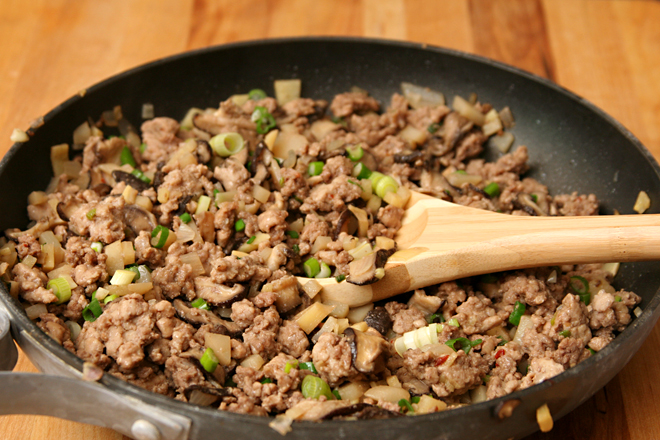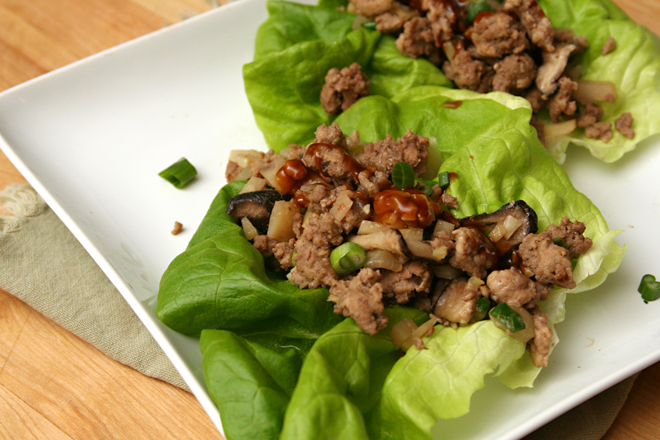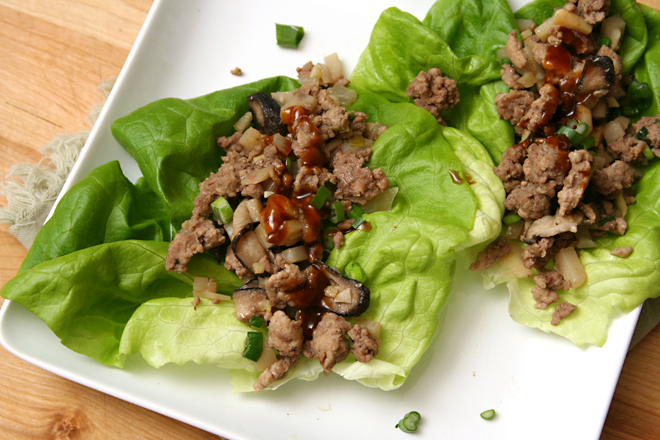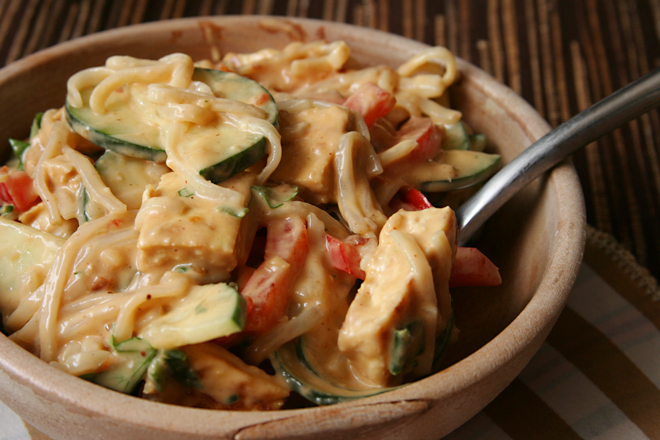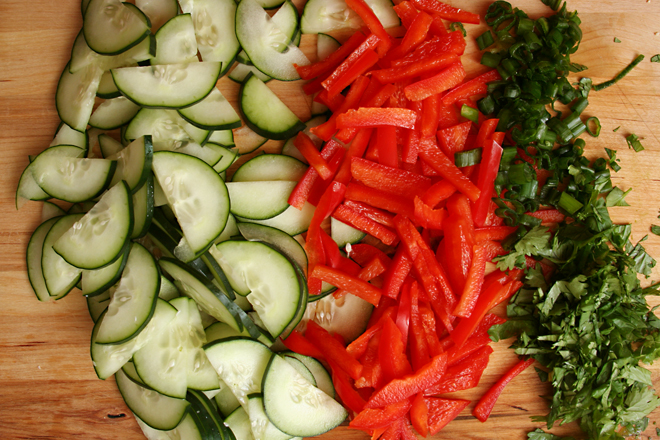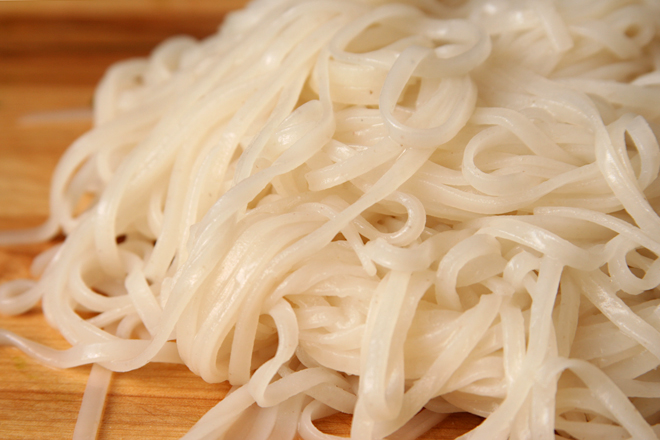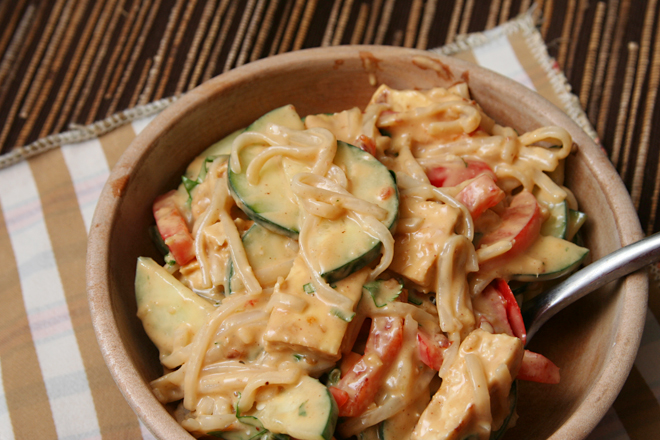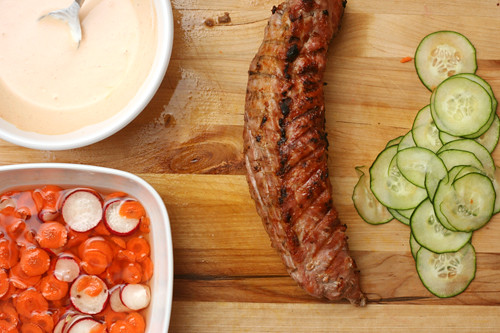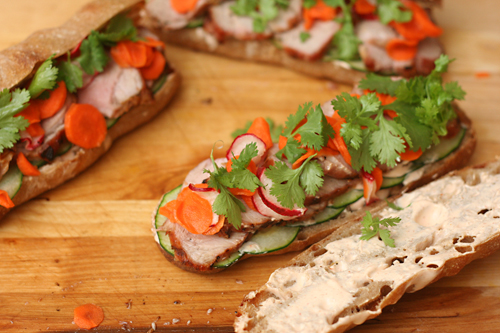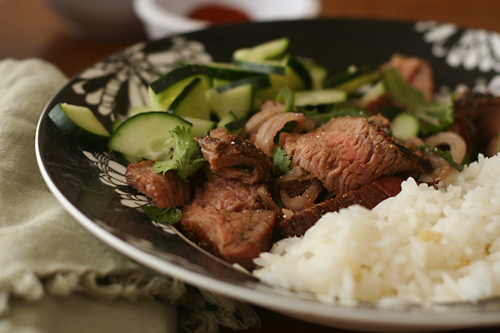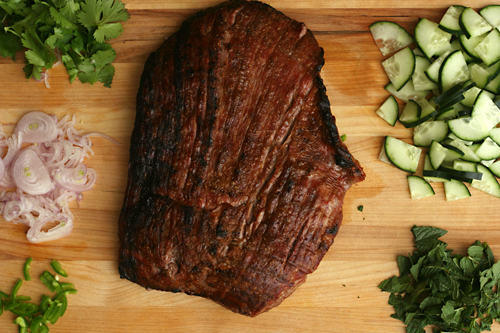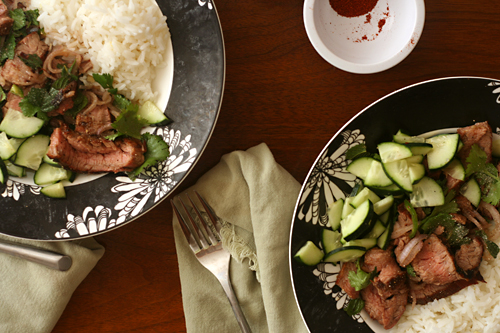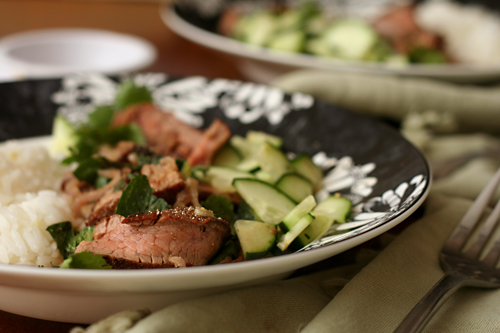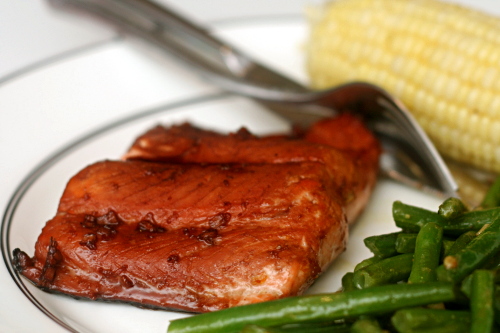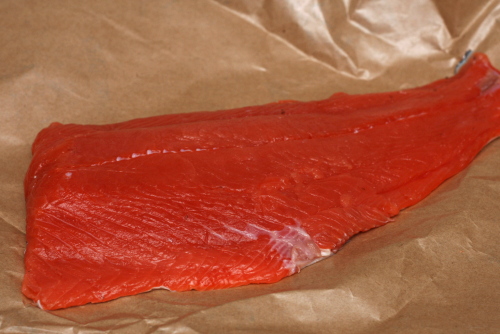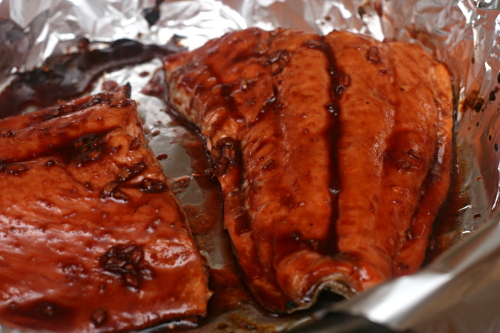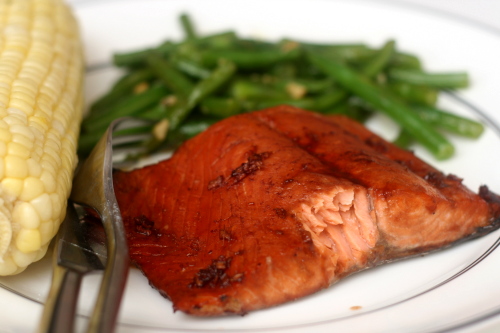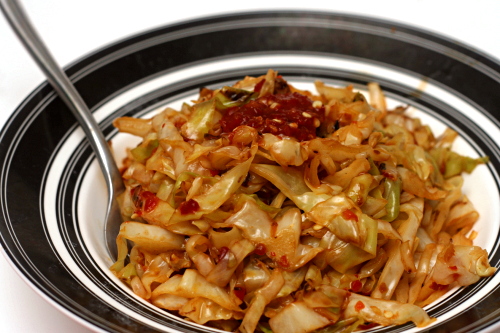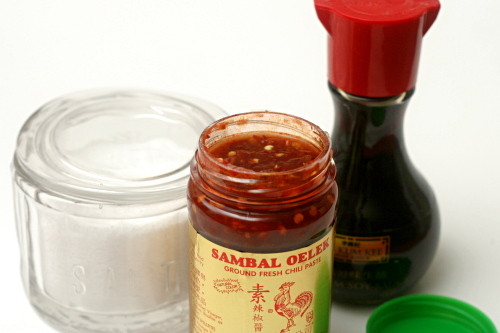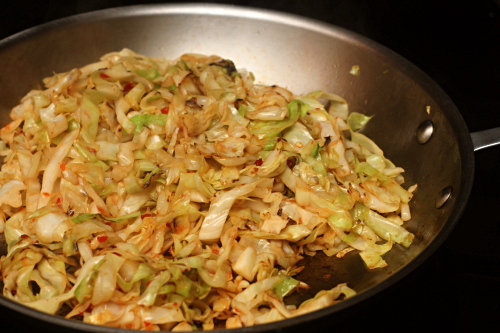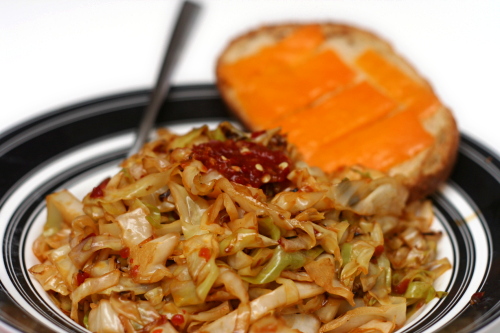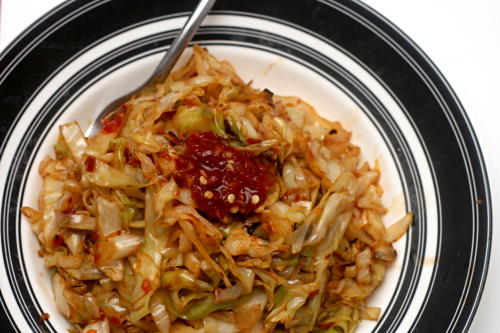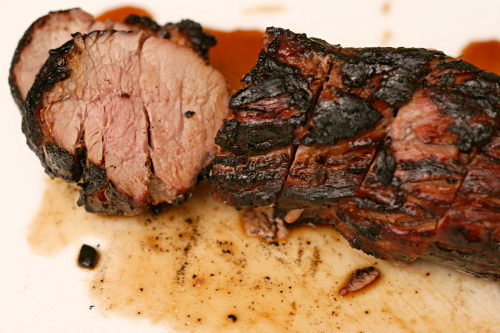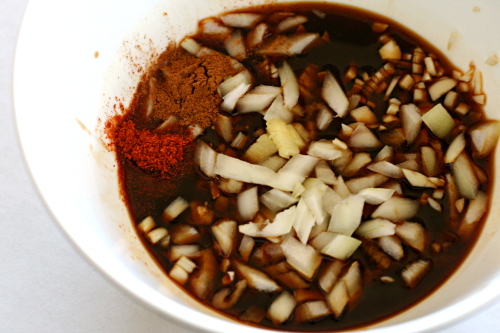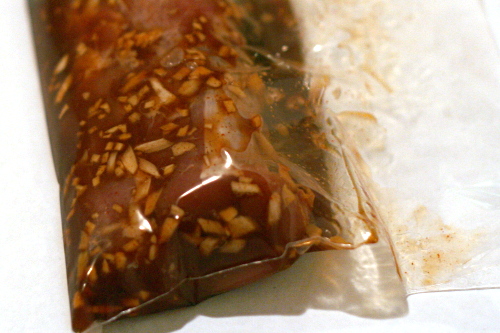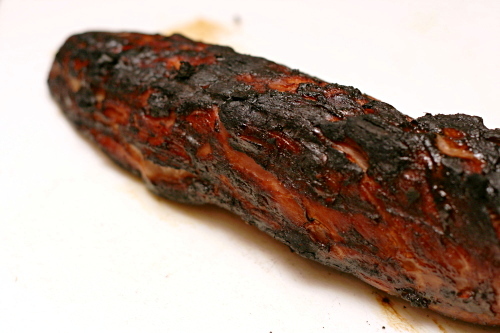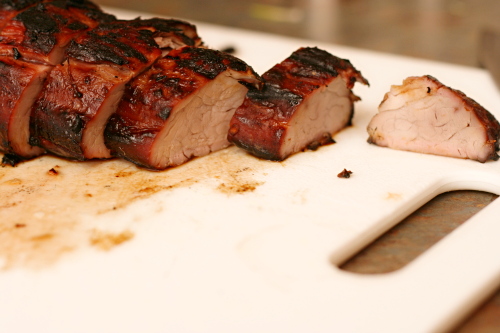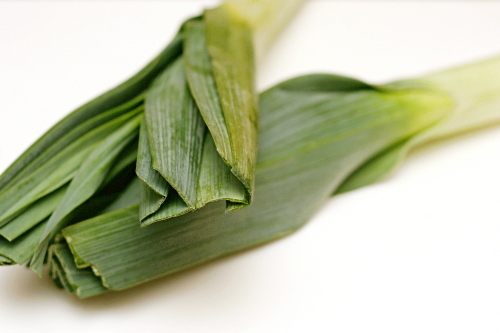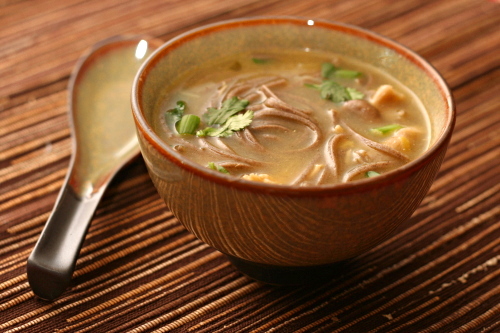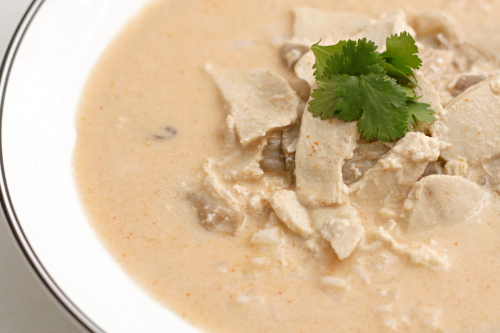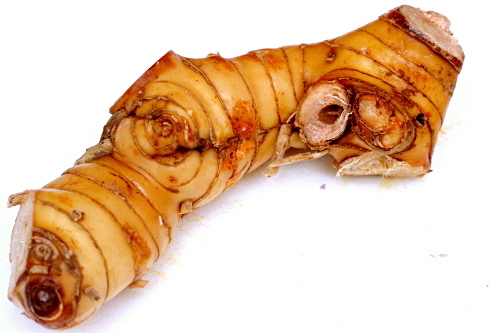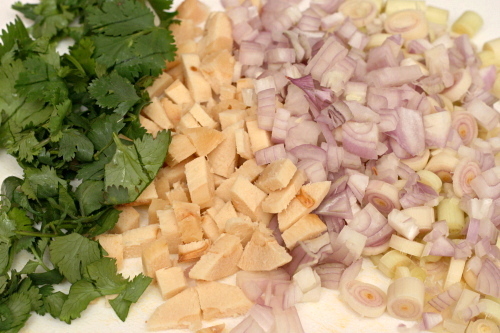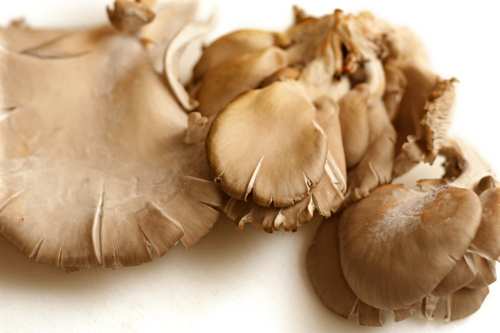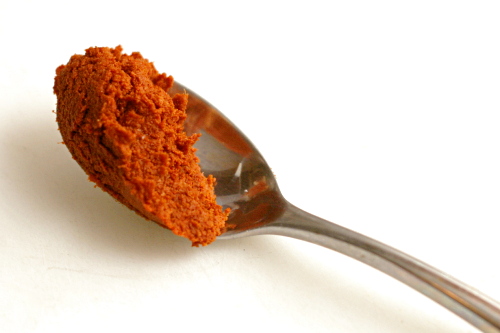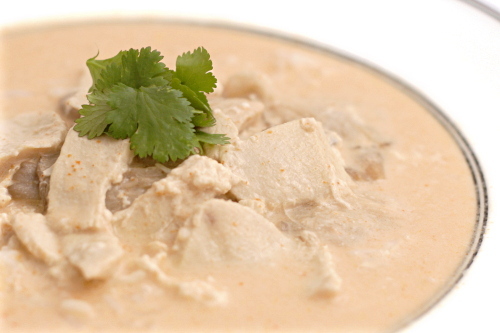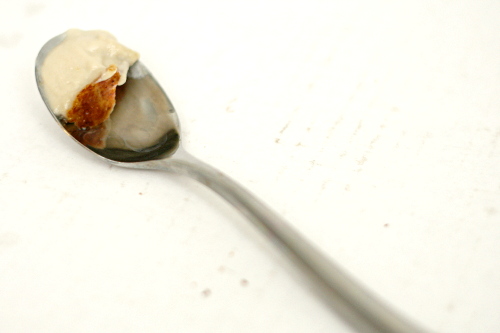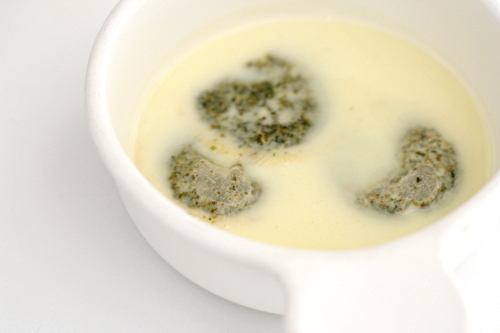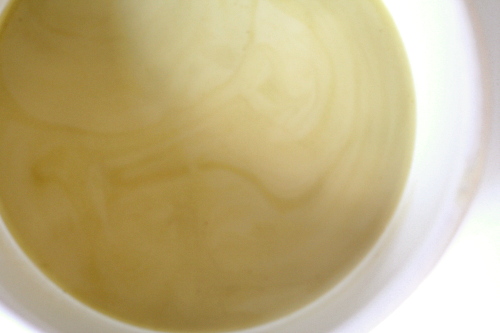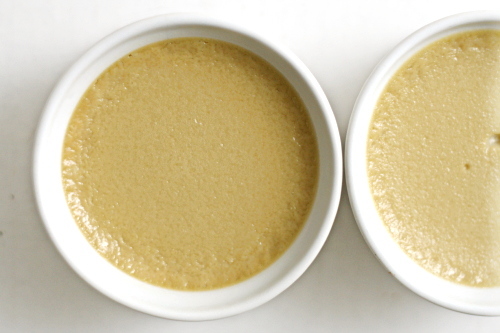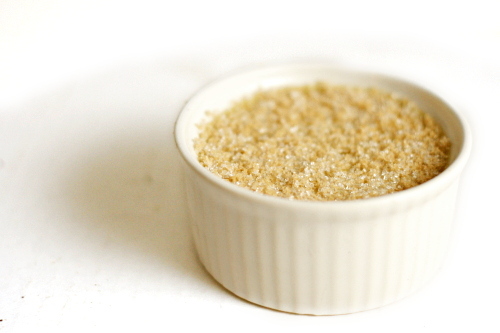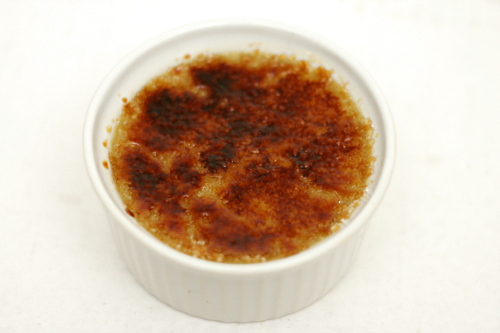I try not to order dishes in restaurants that I can easily make at home, but PF Chang’s lettuce wraps had so many raving reviews that I had to get them the first time I ate there. They were just as good as I was hoping, but were also simple – too simple to pay someone else to make them for me. I made a mental note to try these at home.
That was years ago, but I still hadn’t gotten around to making this easy dish that promised to be just as tasty as it was healthy. That is why this recipe, which requires no great skill or time-investment, no new ingredients or techniques, made the list. Sometimes I just need a little extra push, even if it’s from myself.
I don’t think I’ll need that extra push to make these again. It will be hard to forget how well the savory filling compliments the crisp mild lettuce and sweet hoisin sauce. I can’t compare them to the restaurant’s version, since it’s been years since I’ve had theirs. I won’t wait so long before I eat lettuce wraps again, not after this reminder of how good they are, and how easy they are to make myself.
One year ago: Stromboli
Two years ago: Maple Oatmeal Scones
Three years ago: Twice-Baked Potatoes with Broccoli, Cheddar and, Scallions
Four years ago: Mandarin Pancakes
Printer Friendly Recipe
Asian Lettuce Wraps (adapted from Rasa Malaysia)
Serves 4
I used a combination of ground pork and lean ground beef, but many recipes call for ground chicken. Use whatever lean ground meat you want; I particularly recommend chicken or pork.
Marinade:
2 tablespoons soy sauce
1 tablespoon dry sherry
½ teaspoon sugar
1 teaspoon cornstarch
1 green onion, finely chopped
chile-garlic sauce (optional)
Filling:
1 pound lean ground meat
1 tablespoon oil
1 shallot, minced
1 clove garlic, minced
1 tablespoon minced fresh ginger
5 ounces shiitake mushrooms, stems discarded, caps thinly sliced
1 (5-ounce) can water chestnuts, chopped
2 green onions, thinly sliced
1 small head of Boston or Bibb lettuce, leaves separated, rinsed, and dried
Dipping sauce:
2 tablespoons hoisin sauce
1 tablespoon soy sauce
1 tablespoon water
½ teaspoon sriracha (optional)
1. In a large bowl, combine all of the marinade ingredients. Add the ground meat; use a fork or your hands to coat the meat with the marinade, breaking up large chunks. Set aside for 15 minutes.
2. Heat the oil in a 12-inch nonstick skillet over medium-high heat until it flows like water when the pan is tilted. Add the shallot, garlic, and ginger; cook, stirring constantly, until fragrant, about one minute. Add the mushrooms and a pinch of salt and continue cooking, stirring occasionally, until the mushrooms soften. Add the chicken with its marinade and the water chestnuts; cook, breaking the meat into small pieces, until no pink remains, about 6 minutes. Stir in the green onions.
3. Combine all of the dipping sauce ingredients in a small bowl. Serve with the meat and lettuce leaves, filling the lettuce just before serving to prevent wilting.


